Taiwan’s vibrant contemporary art scene is set to become the center of attention this month with the return of Taipei Dangdai (台北當代藝術博覽會). Known as “Taipei’s global art fair,” Taipei Dangdai opens its doors to the general public at the Taipei Nangang Exhibition Center (南港展覽館) Hall 1, today.
Presented by UBS, the fifth edition of Taipei Dangdai will bring together leading international galleries, showcasing art from the most sought-after established and emerging artists, as well as works of art exhibited in Asia for the first time, with site-specific installations, talks, workshops and pop-up events.
The annual gathering of creatives, curators and collectors discussing “Art and Ideas” will also herald the beginning of a season of world-class art expos happening across Taipei and beyond.
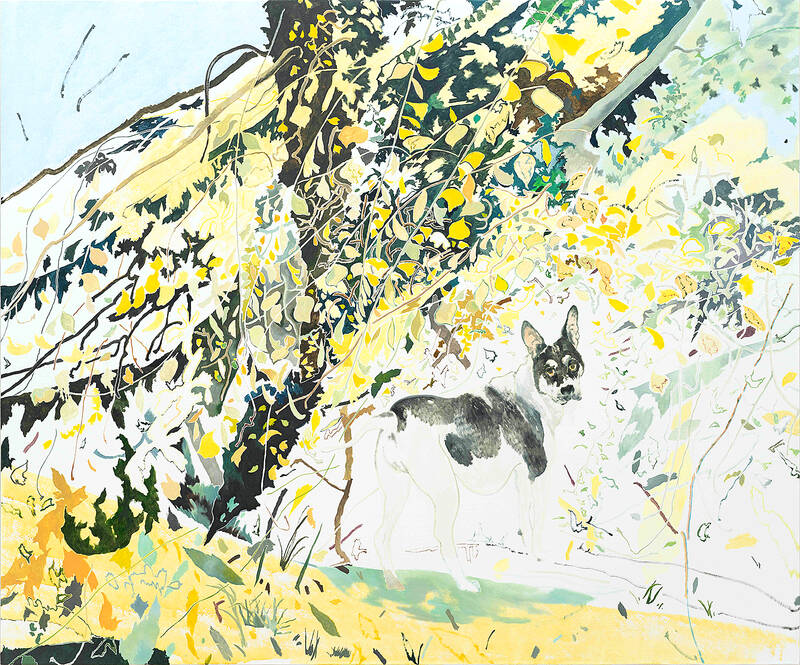
Photo courtesy of Ota Fine Arts
“Taipei Dangdai Art and Ideas in 2024 provides a unique opportunity to experience living history, cutting-edge artists of today and exceptional artistic production throughout Asia and internationally,” says the art fair’s co-director Robin Peckham. “Through our carefully curated programming, we are excited to open doors into the legendary collections of Taiwan, inviting key voices in the region to share their thinking alongside contemporary approaches in the public and private sectors in a special forum on collecting.”
This year’s fair will debut a new sector, Evoke, which offers a special context for curated programs, particularly those focused on solo presentations or juxtapositions of established artists. The Ideas Forum will also return to Taipei Dangdai, a special framework designed to “unite industry experts across Taiwan, Asia Pacific and beyond with the aim of shedding light on Taiwan’s rich heritage of influential collections,” according to event organizers.
ACROSS TAIWAN
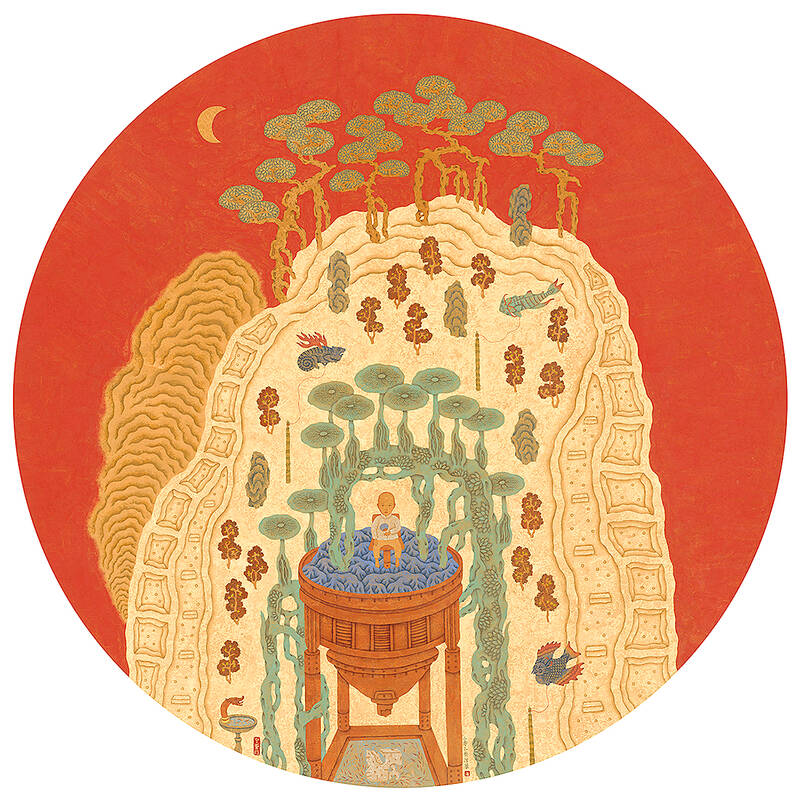
Photo courtesy of Moon Gallery
Although Taipei Nangang Exhibition Center will be the main focus this weekend, in addition to The Art Assembly, an impressive 78 galleries involving artwork and curators from 19 countries are participating in what organizers promise will be “a city-wide celebration of the Taiwanese art scene.”
“Galleries are increasingly turning their sights to Asia, where Taiwan is recognized as a leading market,” says Taipei Dangdai co-founder and co-director Magnus Renfrew, adding, “We look forward to welcoming visitors from across Taiwan and around Asia to experience a packed week of events and a dynamic and evolving art scene.”
To this end, curators, event organizers and even travel-operators will be busy throughout Formosa as a series of VIP cultural tours designed to allow art collectors to immerse themselves “in Taiwan’s culture, cuisine and landscape,” are on offer for the first time. The experiences, debuting at this year’s fair in collaboration with CUYSINE, will include Michelin-starred dining and cultural expeditions to historical and cultural landmarks across four major cities, Taipei, Taichung, Tainan and Kaohsiung.

Photo courtesy of Tang Contemporary Art
Meanwhile, one of the much-anticipated exhibitions to coincide with year’s edition of Taipei Dangdai will be housed in the Fubon Art Museum (富邦美術館), a 9, 915 square meter contemporary building designed by Italian architectural firm Renzo Piano Building Workshop that opened in Taipei’s Xinyi District (信義) just last week. Inside, visitors will be transported back to nineteenth century France with an exhibition titled True Nature: Rodin and the Age of Impressionism, concerning the life and work of Paris-born sculptor Aguste Rodin.
Over at the Taipei Fine Arts Museum (TFAM, 臺北市立美術館) in Zhongshan District (中山) there’s another not-to-miss exhibition for art lovers, namely the first large-scale solo exhibition in Taiwan of celebrated South African artist William Kentridge, which opened on May 4 and will run right through to September this year.
The exhibition, a collaboration of TFAM and London’s Royal Academy of Arts, enables museum goers to trace Kentridge’s creative trajectory, “From his earliest charcoal drawing to the stop-motion short film series of drawing for the projections, and from film directing to stage performances, as well as his recent large-scale drawings of trees and flowers using ink and charcoal,” curators say.
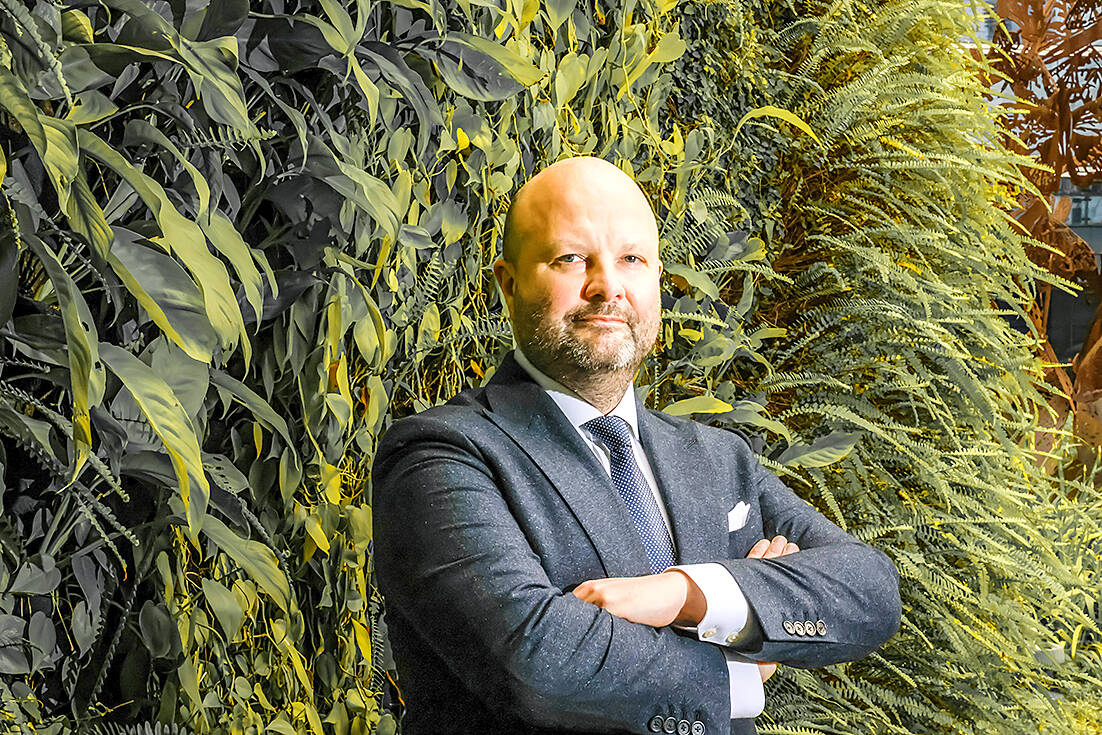
Photo courtesy of Taipei Dangdai
For people who call south Taiwan home, you needn’t miss out, as a touring exhibition of masterpieces from the National Gallery in London –– including paintings by artists such as Raphael, Titian, Caravaggio, Rembrandt, Constable, Monet, and Van Gogh –– is set to be displayed at the CHIMEI Museum (奇美博物館) in Tainan’s Rende District (仁德).
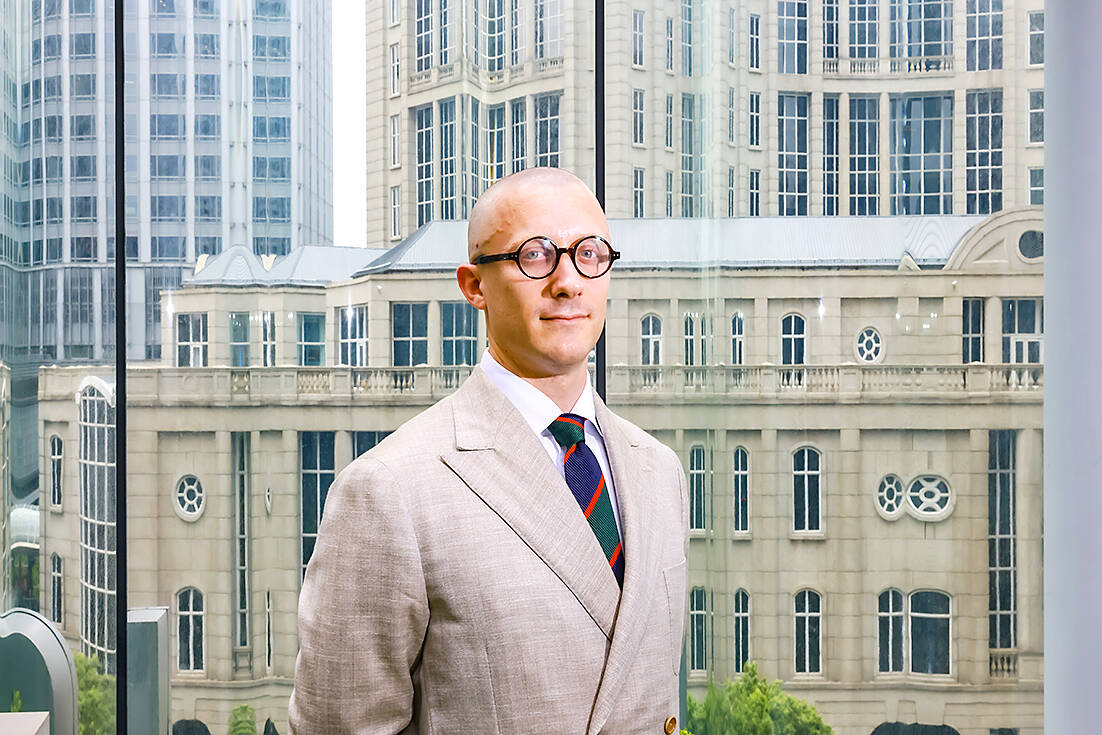
Photo courtesy of Taipei Dangdai
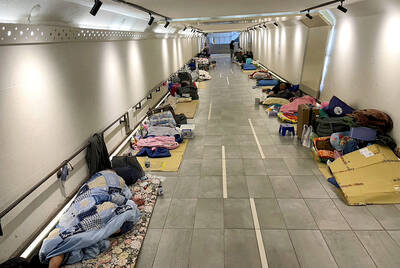
From the last quarter of 2001, research shows that real housing prices nearly tripled (before a 2012 law to enforce housing price registration, researchers tracked a few large real estate firms to estimate housing price behavior). Incomes have not kept pace, though this has not yet led to defaults. Instead, an increasing chunk of household income goes to mortgage payments. This suggests that even if incomes grow, the mortgage squeeze will still make voters feel like their paychecks won’t stretch to cover expenses. The housing price rises in the last two decades are now driving higher rents. The rental market
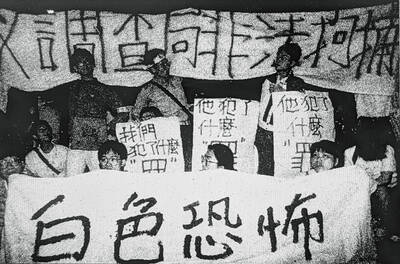
July 21 to July 27 If the “Taiwan Independence Association” (TIA) incident had happened four years earlier, it probably wouldn’t have caused much of an uproar. But the arrest of four young suspected independence activists in the early hours of May 9, 1991, sparked outrage, with many denouncing it as a return to the White Terror — a time when anyone could be detained for suspected seditious activity. Not only had martial law been lifted in 1987, just days earlier on May 1, the government had abolished the Temporary Provisions Effective During the Period of National Mobilization for Suppression of the Communist
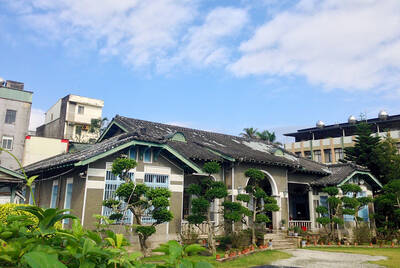
When life gives you trees, make paper. That was one of the first thoughts to cross my mind as I explored what’s now called Chung Hsing Cultural and Creative Park (中興文化創意園區, CHCCP) in Yilan County’s Wujie Township (五結). Northeast Taiwan boasts an abundance of forest resources. Yilan County is home to both Taipingshan National Forest Recreation Area (太平山國家森林遊樂區) — by far the largest reserve of its kind in the country — and Makauy Ecological Park (馬告生態園區, see “Towering trees and a tranquil lake” in the May 13, 2022 edition of this newspaper). So it was inevitable that industrial-scale paper making would
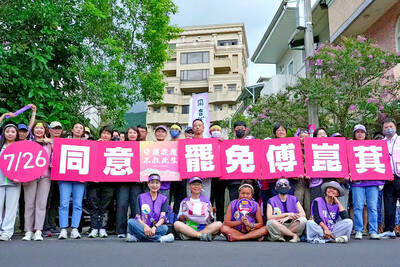
Hualien lawmaker Fu Kun-chi (傅?萁) is the prime target of the recall campaigns. They want to bring him and everything he represents crashing down. This is an existential test for Fu and a critical symbolic test for the campaigners. It is also a crucial test for both the Chinese Nationalist Party (KMT) and a personal one for party Chairman Eric Chu (朱立倫). Why is Fu such a lightning rod? LOCAL LORD At the dawn of the 2020s, Fu, running as an independent candidate, beat incumbent Democratic Progressive Party (DPP) lawmaker Hsiao Bi-khim (蕭美琴) and a KMT candidate to return to the legislature representing